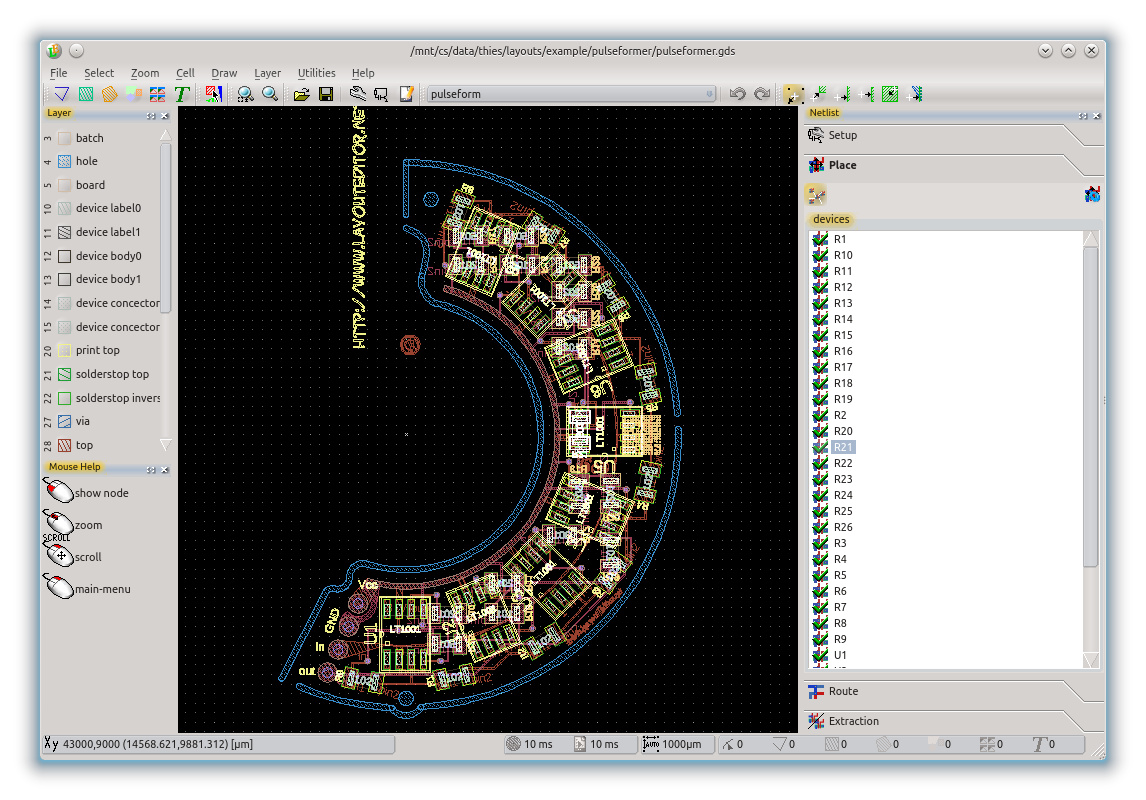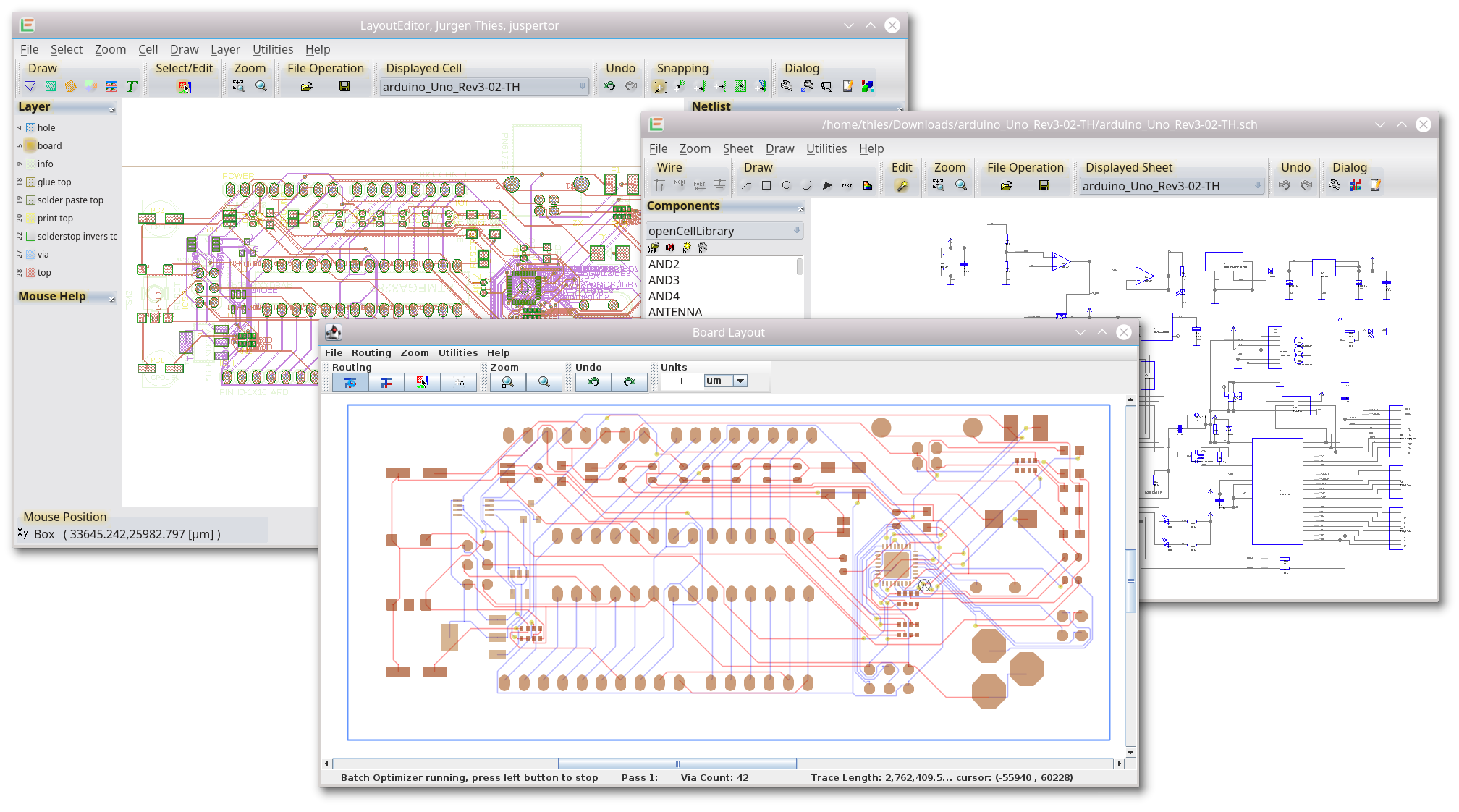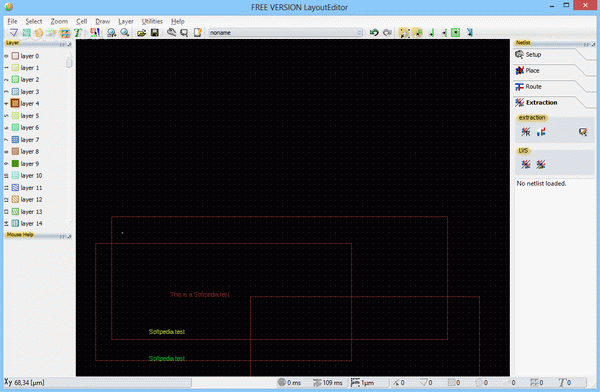

- #Rotate in layouteditor install#
- #Rotate in layouteditor software#
- #Rotate in layouteditor professional#
While OrCAD Designer Professional and Standard editions do not have these functions, Allegro Designer does.Īdvanced Placement tools are available in Allegro Circuit Designer for quicker and more accurate circuit constructions. Furthermore, Crystal Reports supports sophisticated PCB description, the query of the intelligent database, graphical preview, and more. These packs come with features including a centralized part data system, infinite assembly variation support, and database support of ODBC-compliant. Allegro Circuit Board Designer comes with these. In OrCAD, all of the capabilities associated with the component data systems are elective and must be bought individually as extra packages. The program will automatically renew the updated components if the settings are altered. The resulting etch components are classified as parameters-based RF components.
#Rotate in layouteditor install#
This includes parameterized etch component creation, rapid assignment, RF-style routes, RF etch component editing, and the ability to install through arrays across user-specified entities like RF components, connect lines, or discrete components. The RF/Analogue is equipable with a number of features. The Allegro layout Entry-HDL & Allegro Circuit Editor is useful for doing this. To assist designers in producing a mixed-signal layout within a ready-for-production board layout workspace, this feature unifies the capability of both Agilent ADS and Allegro design environments. RF Feature or AnalougeĪn RF layout remedy for the different difficulties designers have when integrating RF components in combined-signal layouts is an Allegro Circuit Design Analogue/RF capability. The program offers combinations of buried and blind vias to transition between circuit layers for tighter packing, consuming less space due to limitations in layer structure manufacturing.Īlong with checking the necessary clearances and cavity space for optimal component fitting, it matches the part height to the layer stacking and verifies the design’s validity for HDI boards using DRC. The Allegro Circuit board Miniaturization feature helps with Via’s compact stacking. Compact hybrid microchips are useful in many low-weight devices, including wearable technology and medicine. The process of miniaturization involves shrinking the components. This process has to do with PCB component embedment. The miniaturization function, which is exclusive, is the most significant distinction between Allegro and OrCAD.


The top ten differences between Cadence Allegro and OrCAD PCB Designer are: 1. OrCAD, however, could be simpler to use for novices.
#Rotate in layouteditor software#
Therefore, understanding one software makes using the other software much simpler. Since the developer is one, several characteristics of the UI are comparable. Both OrCAD and Allegro have specific variances in their capabilities because OrCAD is used largely for schematic design and capture, whereas Allegro is utilized for PCB design.įor primary to medium projects, it is recommended that you begin with OrCAD, and for more sophisticated ones requiring big teams that may require working together remotely or companies that are production-oriented, Allegro should be scaled up.


 0 kommentar(er)
0 kommentar(er)
